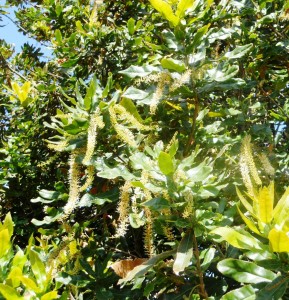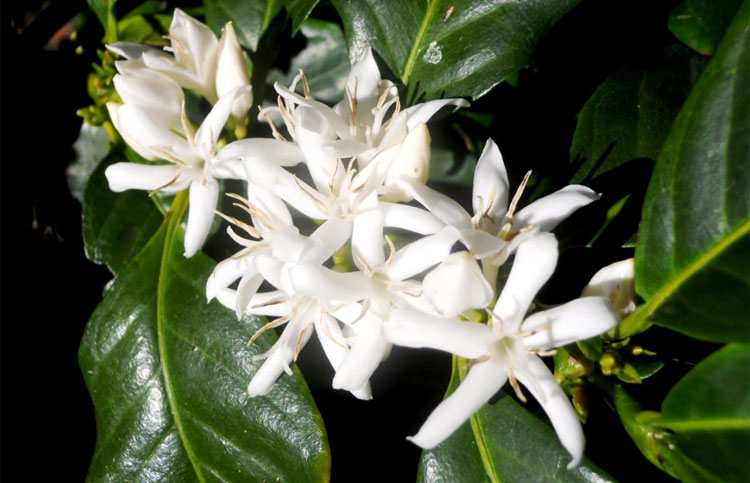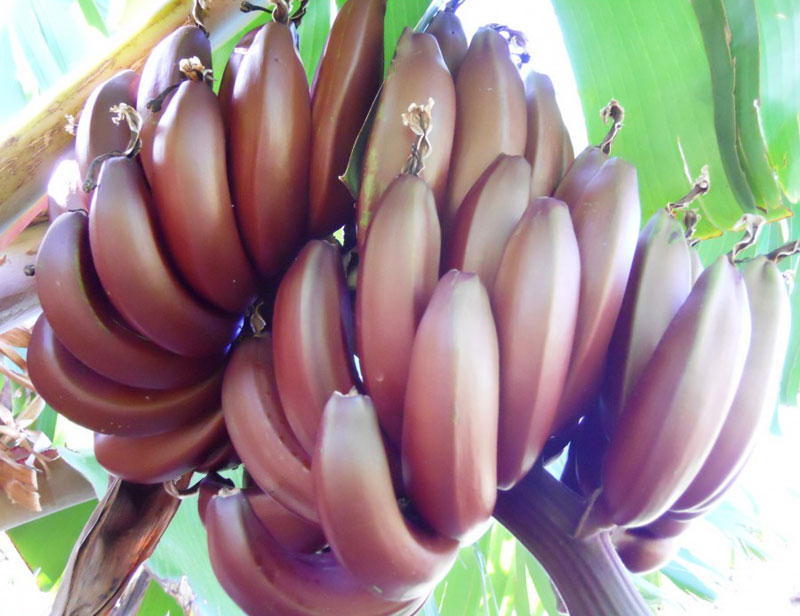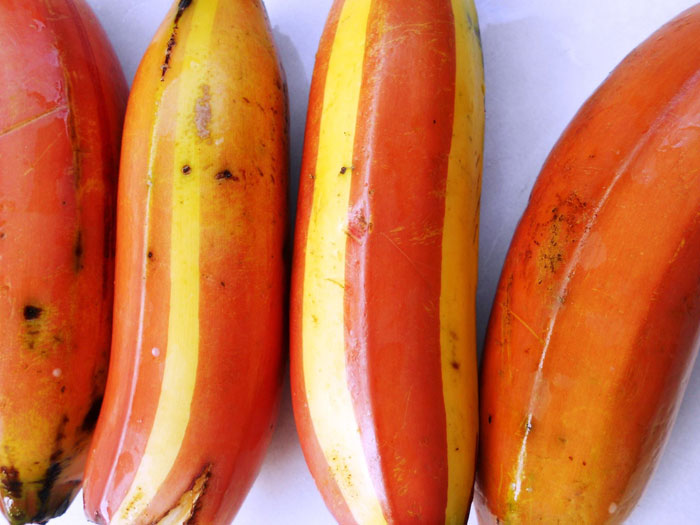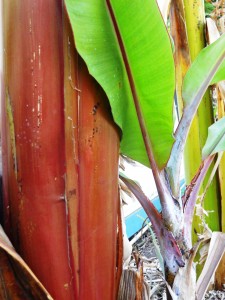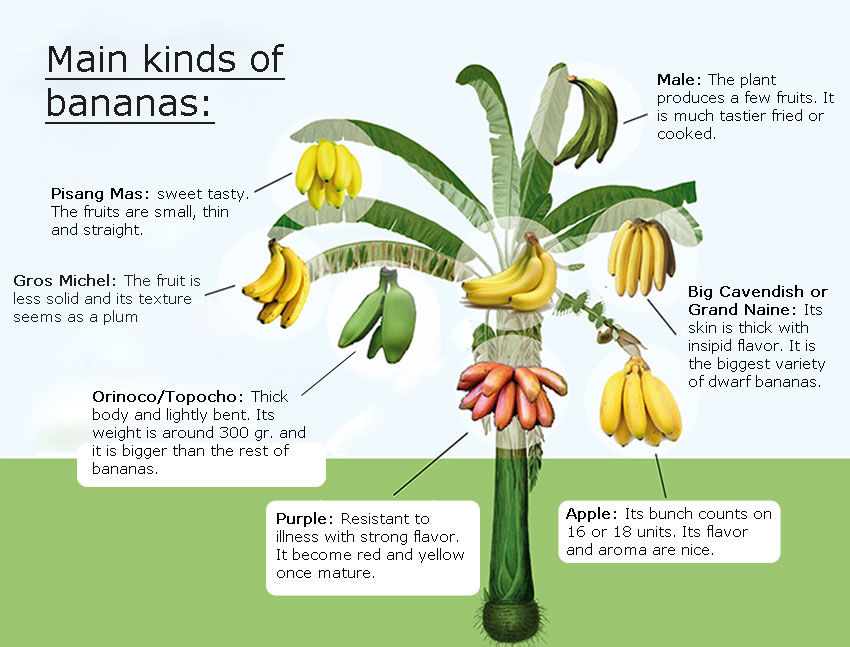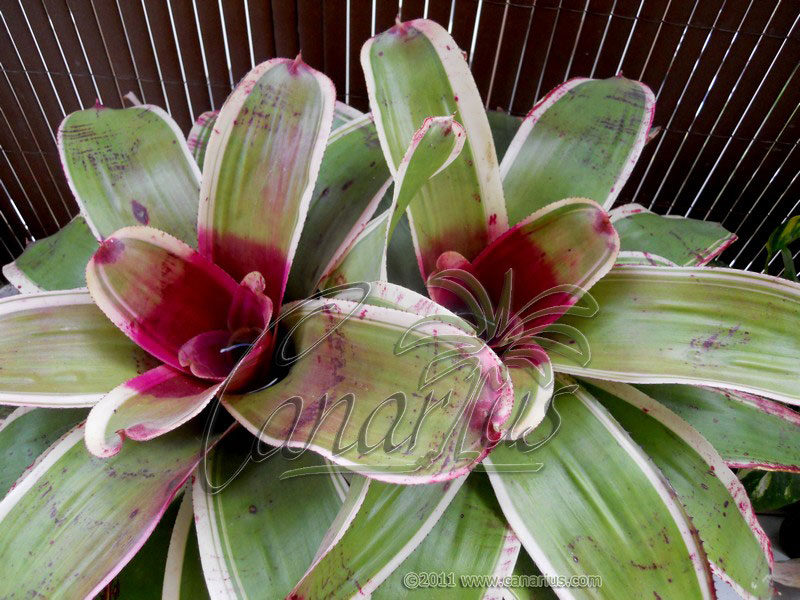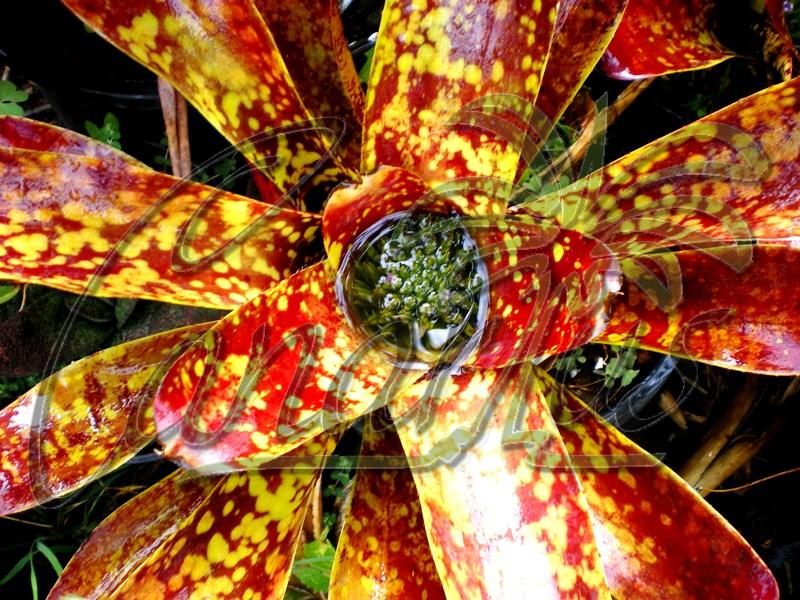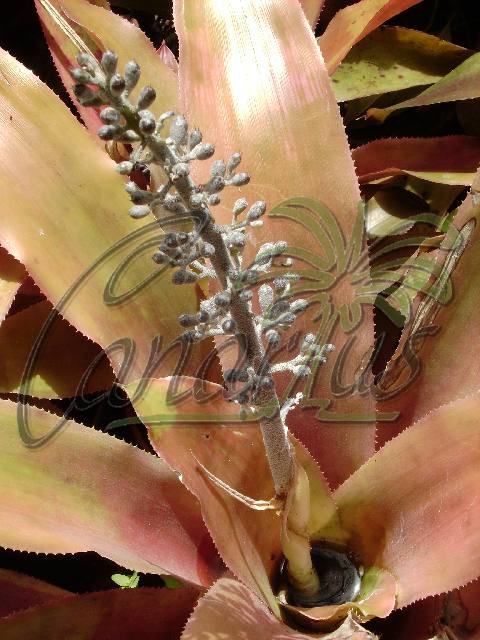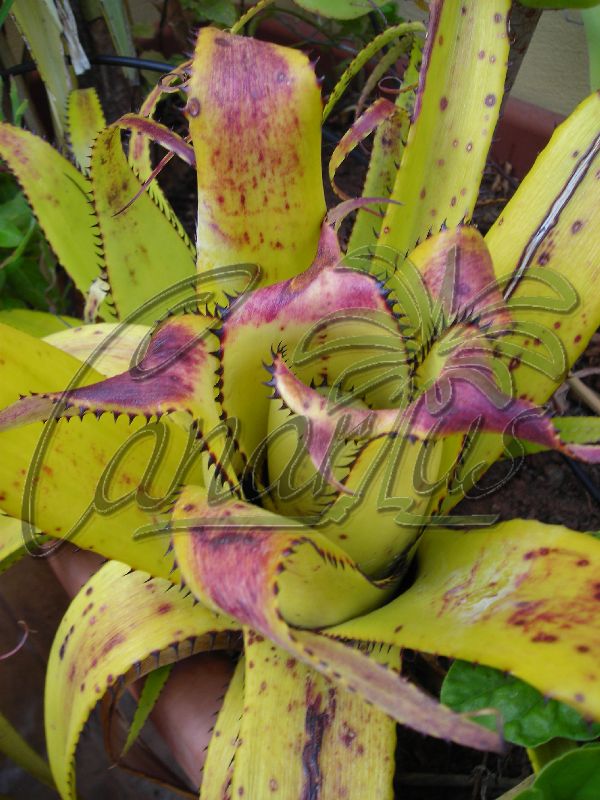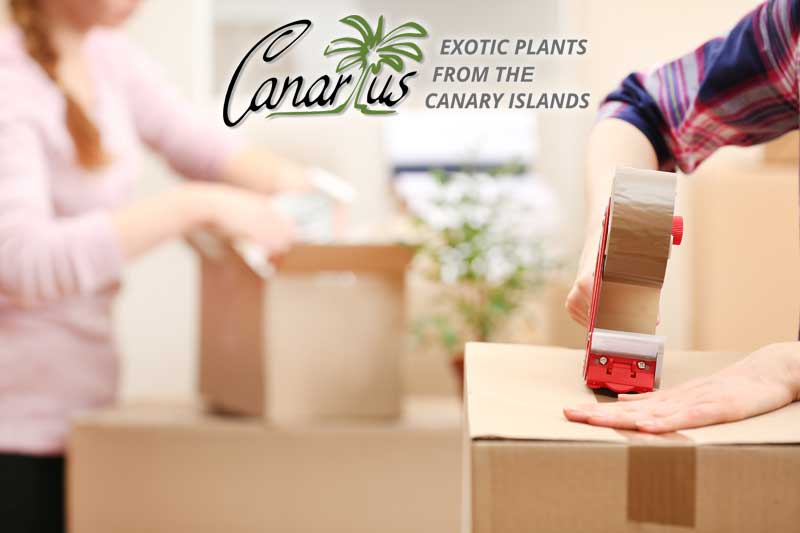 In our online store, Canarius, we take into account the importance of a good service regarding to our customers. That’s why, we have created different packs focused on several kinds of species; from subtropical palms or showy flowers to fruit trees. We love what we do! That’s a fact. For that reason, we don’t resign ourselves to cultivate some species… we want all of them! Below, we present some of our packs with plants belonging to the same family. In this case, we are going to make reference to fruit trees cultivated by Canarius:
In our online store, Canarius, we take into account the importance of a good service regarding to our customers. That’s why, we have created different packs focused on several kinds of species; from subtropical palms or showy flowers to fruit trees. We love what we do! That’s a fact. For that reason, we don’t resign ourselves to cultivate some species… we want all of them! Below, we present some of our packs with plants belonging to the same family. In this case, we are going to make reference to fruit trees cultivated by Canarius:
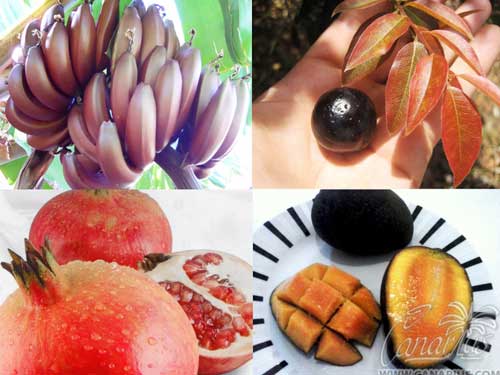 Superfood Fruit Trees: As every plant lover knows, fruit trees produce fruit as foodstuff for people. However, there are some cases where the tree produces what is known as “superfood”, unique pieces such as Dwarf Red Banana, Punica granatum or Kasturi (a sort of Mango). These special fruits are especially beneficial for health; they have more vitamins and useful compounds. The truth is that “superfood” is a recent term used to name any food which is very rich in nutrients for health.
Superfood Fruit Trees: As every plant lover knows, fruit trees produce fruit as foodstuff for people. However, there are some cases where the tree produces what is known as “superfood”, unique pieces such as Dwarf Red Banana, Punica granatum or Kasturi (a sort of Mango). These special fruits are especially beneficial for health; they have more vitamins and useful compounds. The truth is that “superfood” is a recent term used to name any food which is very rich in nutrients for health.
- Hardy Fruit Trees: It is clear that we are specialists in exotic tropical fruit trees, but we also grow and offer some fruit trees that are not tropical at all and can withstand frost. For instance, Almonds trees, Persimmons and some Canarian cultivars of Fig Trees are perfectly suited to Mediterranean to Temperate climates.
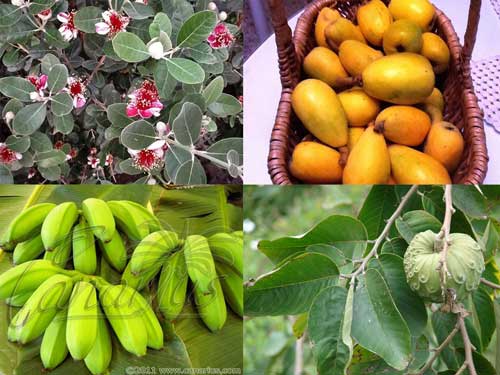 Subtropical Fruit Trees: Depending on the weather, there is a great variety of this sort of trees. In our online store, we have some examples of subtropical fruit tree; some of the most exotic species that are able to grow in cold areas. Places where Tropical trees can’t grow due to its own features. These trees produce fruits as the well-known banana Orinoco or Topocho, Spanish variety of Japanese or Chinese plum, Custard apple or the commonly known Guava tree.
Subtropical Fruit Trees: Depending on the weather, there is a great variety of this sort of trees. In our online store, we have some examples of subtropical fruit tree; some of the most exotic species that are able to grow in cold areas. Places where Tropical trees can’t grow due to its own features. These trees produce fruits as the well-known banana Orinoco or Topocho, Spanish variety of Japanese or Chinese plum, Custard apple or the commonly known Guava tree.
Would you like to take advantage of our packs? Visit our online shop and choose your favourite one!
















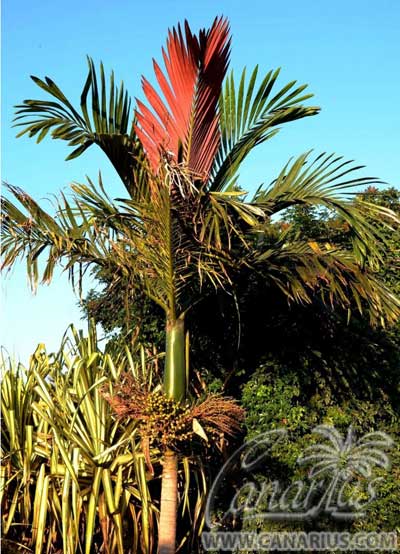
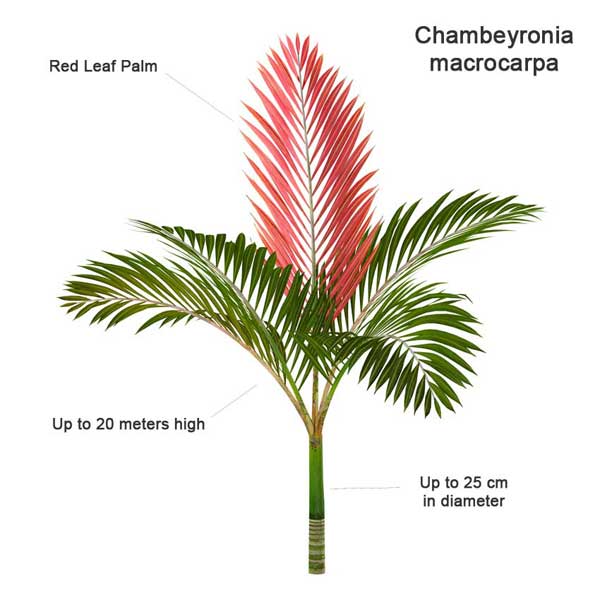
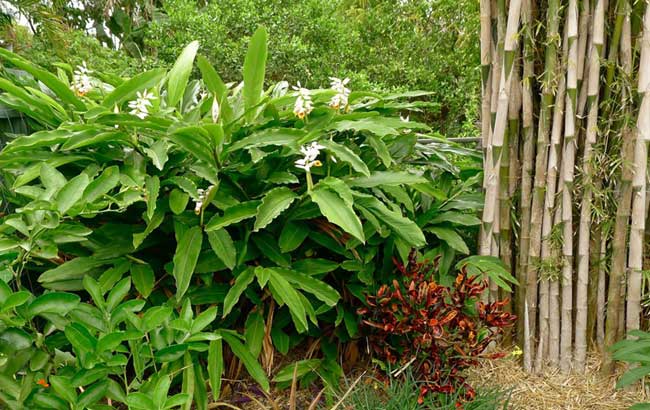
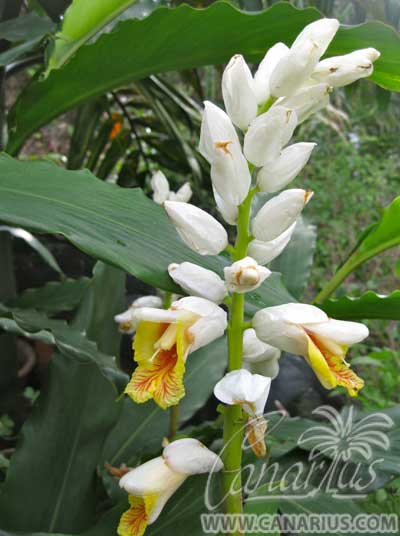

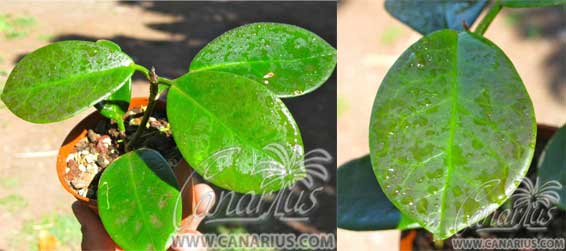
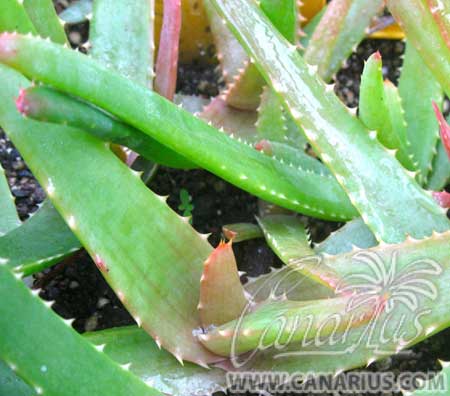 In our online store, Canarius.com, we have brought
In our online store, Canarius.com, we have brought 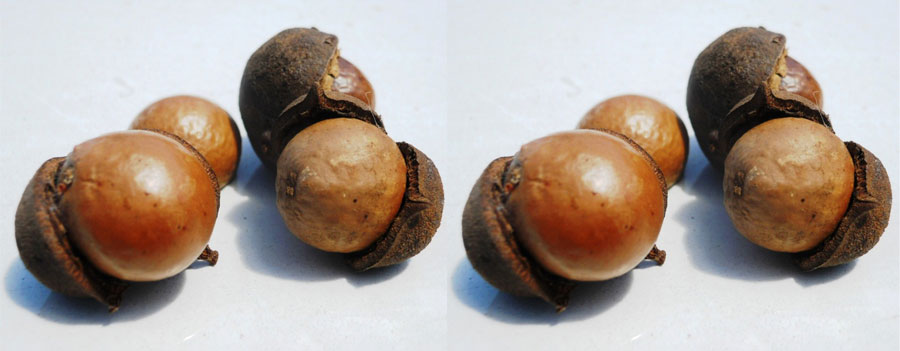
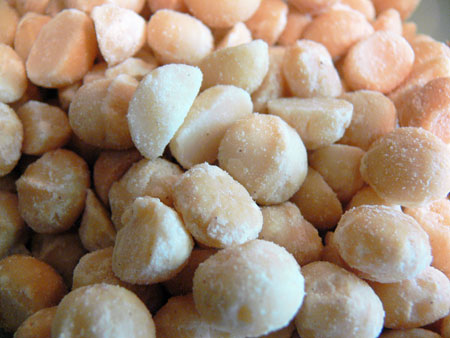 The leaves are quite ornamental, deep green with serrated margins. Flushes of juvenile foliage are yellow, red or maroon for a while. It has long, pendent creamy pink to purple flowers, followed by woody rounded fruits that contain the edible nut. Macadamia nuts provides cardiovascular benefits and attributes due to the presence of the fatty acids Omega-3 (healthy fats which help our nervous system). Furthermore, in order to enjoy an optimal and normal level of cholesterol, it is essential to maintain a care lifestyle with healthy diets.
The leaves are quite ornamental, deep green with serrated margins. Flushes of juvenile foliage are yellow, red or maroon for a while. It has long, pendent creamy pink to purple flowers, followed by woody rounded fruits that contain the edible nut. Macadamia nuts provides cardiovascular benefits and attributes due to the presence of the fatty acids Omega-3 (healthy fats which help our nervous system). Furthermore, in order to enjoy an optimal and normal level of cholesterol, it is essential to maintain a care lifestyle with healthy diets. 